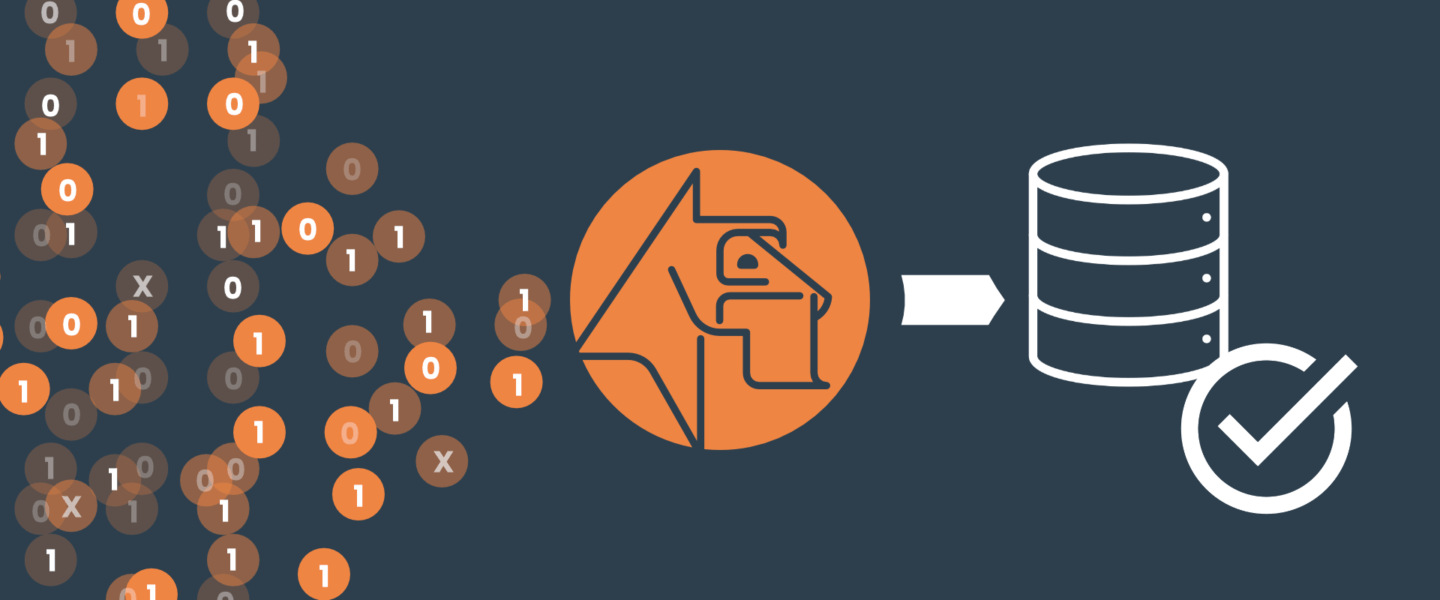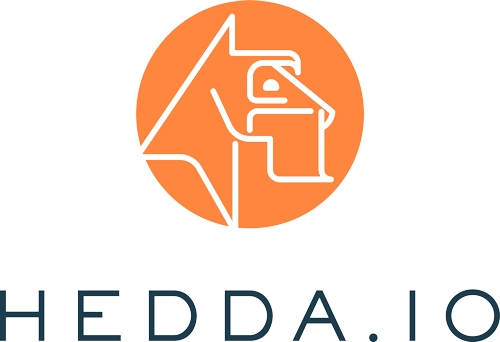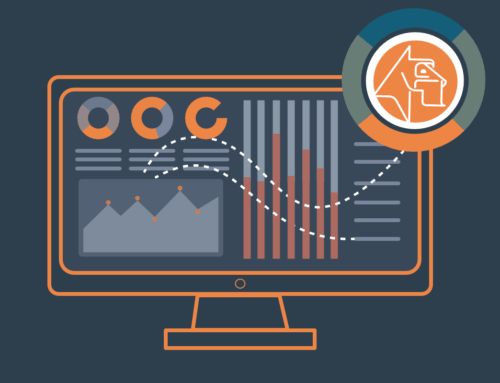
NAIL YOUR DATA QUALITY: START WITH VALIDATION
The amount of data that companies work with today is already immense and is increasing almost daily. Countless lists, graphs, analyses and reports. But what gives us the certainty that the data available for analysis is not incorrect?
Can we rely on what we see?
Business operations and decision-making increasingly rely on data, as organizations use analytics to boost performance and gain a competitive edge. Clean data is essential for BI and data science teams, executives, and operational staff — especially in data-heavy industries like retail, healthcare, and finance, but also for businesses of all sizes.
Without proper data, customer records and other business data may be inaccurate, leading to faulty analytics, poor decisions, missed opportunities, and costly mistakes. Imagine receiving a report full of duplicate entries, incorrect figures and missing information. Making decisions on that kind of incorrect data would likely lead to lost opportunities and poorly executed business strategies.
This is why Data Validation is critical—it acts as the first line of defense, ensuring data is accurate, consistent, and complete before it’s used. By catching errors early, organizations can prevent flawed strategies, reduce financial losses, and build a solid foundation for success.
What is Data Validation?
Data Validation ensures that source data is accurate and high-quality before it is used, imported, or processed. The type of validation performed depends on the specific requirements of the destination system or the intended objectives.
To merge or move data effectively, it’s vital to ensure all sources align with Business Rules and avoid errors from type or context mismatches. The focus is on keeping data consistent, accurate, and complete to prevent loss or corruption.
Data Validation Key Terms
Data Validation is crucial for:
Accuracy: Validating data ensures that it is reliable and free from errors, inconsistencies, and duplicates.
Completeness: Ensuring that all required data fields are filled in and no essential information is missing, preventing incomplete records or data sets.
Consistency: Confirms that the data has been entered in a logically consistent way without internal conflicts.
Compliance: Data validation helps ensure compliance with these standards and reduces the risk of penalties or legal issues.

How does HEDDA.IO support Data Validation?
With HEDDA.IO, it is possible to easily and quickly build Business Rules for Data Validation, execute these rules before the actual integration processes, and continuously and transparently inform about the results. The new version of HEDDA.IO integrates additional features that facilitate the rapid and straightforward establishment of integrated data testing, especially in collaboration with Microsoft Fabric.
These enhancements in HEDDA.IO allow users to define and enforce Business Rules, ensuring data quality and compliance even before data enters the integration pipeline. The platform’s intuitive interface makes it easy for both technical and non-technical users to set up validation rules, reducing the need for extensive coding or configuration efforts.
Ready to take control of your Data Quality? Contact us today or request a test account to experience how HEDDA.IO can transform your data strategy.

Conclusion
Ensuring Data Quality is crucial for accurate business decisions, effective strategies, and operational efficiency. Without proper validation, data errors can lead to incorrect reports, missed opportunities, and unnecessary costs.
Starting with Data Validation helps identify issues early, ensuring your data is accurate, complete, consistent, and compliant — laying the groundwork for reliable analytics and informed decision-making.
Want to enhance your data validation process?
HEDDA.IO excels at Data Validation, enabling:
• Rule customization tailored to business needs, with instant previews.
• Granular reporting that pinpoints errors to specific lines of data.
• Integration into workflows to automate error handling and standardization.
And all of that with minimal effort.
What to see for yourself?





